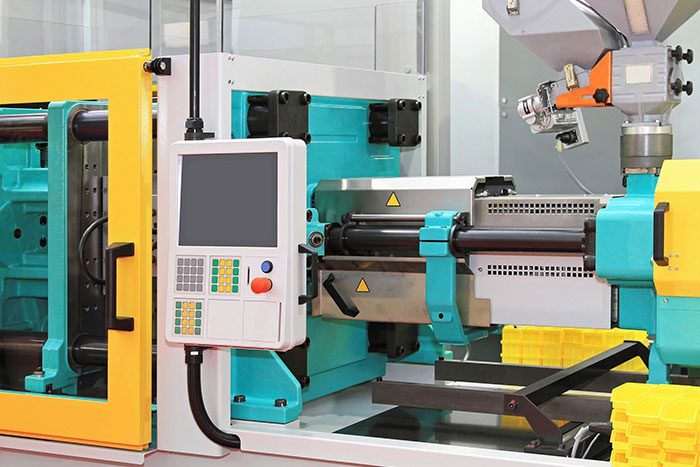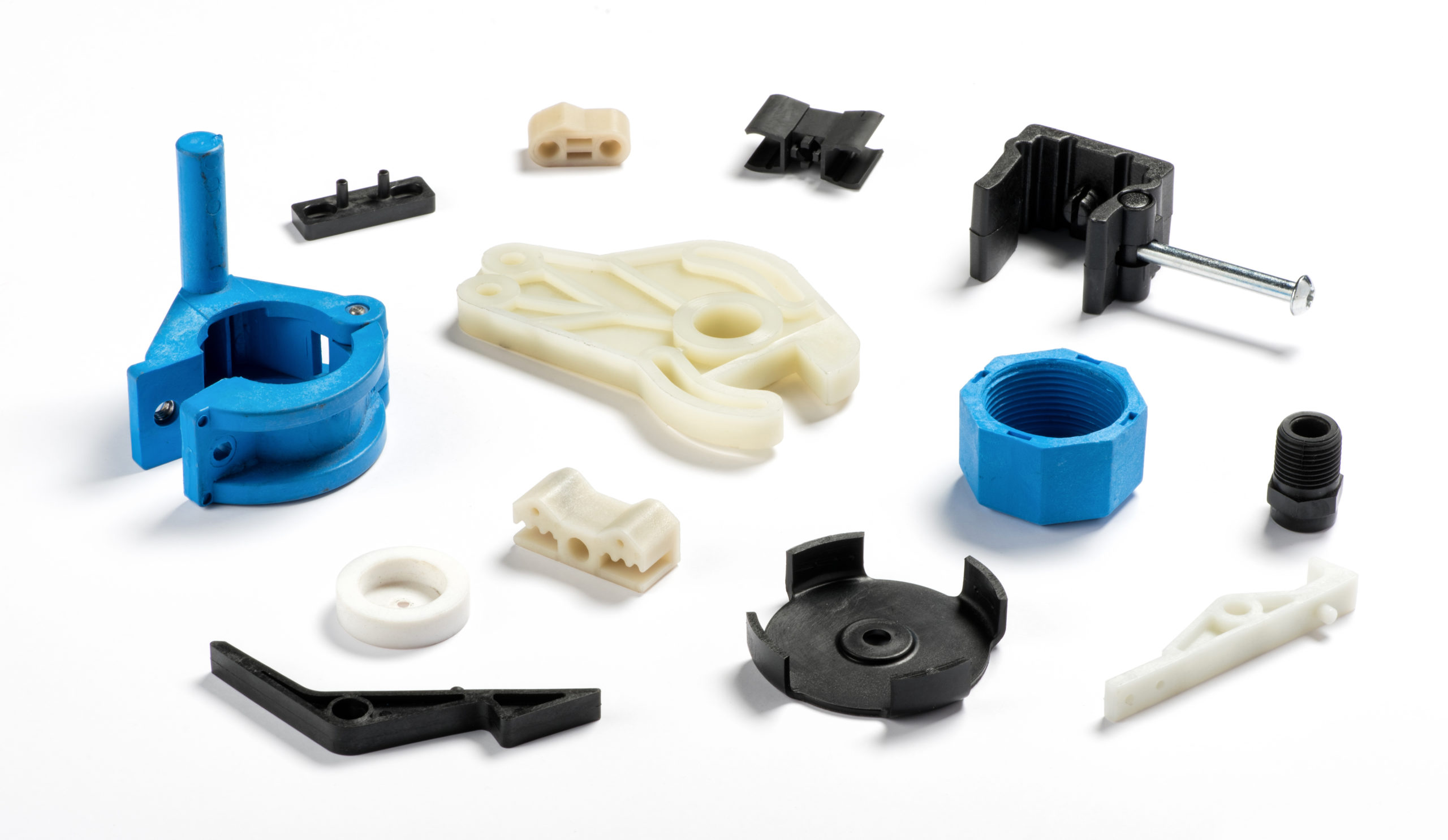The Benefits of Using Plastic Injection Molding for Custom Components Production
The Benefits of Using Plastic Injection Molding for Custom Components Production
Blog Article
Comprehending the Fundamentals of Plastic Injection Molding Procedures
Plastic shot molding functions as a cornerstone of contemporary manufacturing, offering a systematic strategy to producing complicated parts with precision. This process not just incorporates the fundamental steps of melting and infusing products right into molds however additionally includes a nuanced understanding of numerous affecting elements, such as temperature and stress. As industries significantly require performance and top quality, the complexities of this technique end up being extra vital. Exploring these essential elements might disclose exactly how even small adjustments can cause significant renovations in production outcomes, elevating inquiries concerning the capacity for technology in this well-known process.
What Is Plastic Injection Molding?
Plastic injection molding is a commonly used manufacturing procedure that transforms thermosetting and thermoplastic materials into accurate and intricate shapes. This technique is preferred for its ability to create high volumes of the same parts with phenomenal precision, making it an important approach in different sectors, consisting of auto, durable goods, and clinical gadgets.
The procedure includes thawing the chosen plastic material and injecting it right into a mold under high pressure. The mold, developed to the requirements of the preferred part, permits the liquified plastic to form as it cools and strengthens. Once the product has hardened, the mold and mildew is opened up, and the finished component is expelled.
Plastic injection molding uses numerous advantages, consisting of decreased waste, uniformity in production, and the capability to include elaborate designs that might be testing with other making techniques. Furthermore, it sustains a broad range of products, each offering distinct properties that can be tailored for particular applications. As sectors remain to innovate, plastic injection molding stays at the leading edge, enabling the growth of advanced products that satisfy developing consumer demands.
The Shot Molding Process
The shot molding process is a sophisticated technique that involves numerous key phases to produce top notch plastic elements. Plastic pellets are fed right into a warmed barrel where they are thawed right into a thick fluid. This molten plastic is after that infused under high pressure into a precision-engineered mold and mildew, which shapes the product right into the wanted type.
As soon as the mold and mildew is filled, the plastic is enabled to cool and solidify, taking the form of the mold and mildew cavity. Cooling time is crucial, as it influences the cycle time and the final residential or commercial properties of the shaped component. After enough cooling, the mold and mildew opens, and the completed part is ejected making use of ejector pins.

Materials Utilized in Shot Molding
Numerous materials can be utilized in the injection molding process, each offering one-of-a-kind homes that accommodate certain applications. One of the most frequently made use of products include thermoplastics, thermosetting plastics, and elastomers.

Thermosetting plastics, like epoxy and phenolic resins, undertake a chemical adjustment throughout the curing procedure, resulting in an inflexible, stringent structure. These products are ideal for applications requiring high heat resistance and structural stability, often made use of in automobile components and electric insulators.
Elastomers, consisting of silicone and rubber-based materials, give versatility and resilience. Their one-of-a-kind buildings make them suitable for applications that demand flexibility, such as gaskets and seals.
In addition, specialty products like bio-based plastics and compounds are acquiring traction for their ecological benefits and boosted efficiency features, broadening the range of shot molding applications in various markets. Understanding the residential or commercial properties of these materials is critical for picking the suitable type for details projects.
Advantages of Shot Molding
Injection molding attracts attention as a very efficient manufacturing process that uses countless benefits for producing complex components with precision. One of one of the most substantial advantages is the ability to develop intricate designs that would certainly be impossible or challenging to achieve with other techniques (Plastic Injection Molding). The process permits limited resistances and in-depth features, making certain high-grade parts
Additionally, shot molding is known for its fast manufacturing capabilities, making it a suitable option for high-volume production. When the mold and mildew is developed, parts can be produced swiftly, decreasing preparations and raising overall performance. This performance not just decreases production prices but additionally gives a competitive edge in the market.
The flexibility of products used in injection molding even more enhances its appeal. A vast array of thermoplastics and thermosetting polymers can be utilized, allowing makers to pick products that best satisfy their certain needs, consisting of warm, toughness, and flexibility resistance.
Furthermore, the process lessens waste, as excess material imp source can often be reused and reused. This sustainability aspect adds to a reduced ecological impact, making injection molding a liable manufacturing choice. On the whole, the benefits of shot molding make it a preferred technique for numerous markets.
Aspects Affecting Product High Quality
While numerous variables can affect item quality in shot molding, comprehending these elements is critical for achieving optimum results. Trick aspects consist of material option, processing parameters, and mold and mildew style.
Material choice plays an essential function, as various polymers exhibit one-of-a-kind residential or commercial properties that influence flowability, toughness, and thermal security. Poor product selection can result in problems such as warping or insufficient filling.
Handling criteria, including cycle, pressure, and temperature level time, need to be diligently regulated. Home Page Variations in these setups can lead to variances partly dimensions and surface finish. As an example, exceedingly heats may cause degradation of the polymer, while inadequate stress can lead to short shots.
Mold and mildew layout is similarly crucial, as it determines the flow of the molten plastic and the cooling procedure. Improperly developed molds might result in irregular cooling rates, leading to dimensional inaccuracies and recurring anxieties.
Conclusion
In verdict, plastic shot molding acts as an essential manufacturing procedure that makes it possible for the efficient manufacturing of premium parts. Proficiency of the shot molding procedure, consisting of the understanding of products and the influence of various aspects on product top quality, is vital for achieving optimum outcomes. The benefits of this method, such as cost-effectiveness and design flexibility, additional underscore its relevance throughout multiple sectors, solidifying its status as a favored option for high-volume production.
Plastic injection molding offers as a foundation of modern production, giving a methodical method to generating complex components with accuracy.Plastic shot molding provides numerous benefits, consisting of decreased waste, uniformity in production, and the ability to incorporate complex styles that may be challenging check this with other manufacturing methods (Plastic Injection Molding). As industries continue to introduce, plastic injection molding stays at the leading edge, enabling the development of sophisticated products that satisfy evolving consumer needs
The injection molding procedure is an innovative technique that involves a number of essential stages to produce top notch plastic parts.In conclusion, plastic shot molding offers as a crucial manufacturing procedure that enables the effective manufacturing of high-quality parts.
Report this page